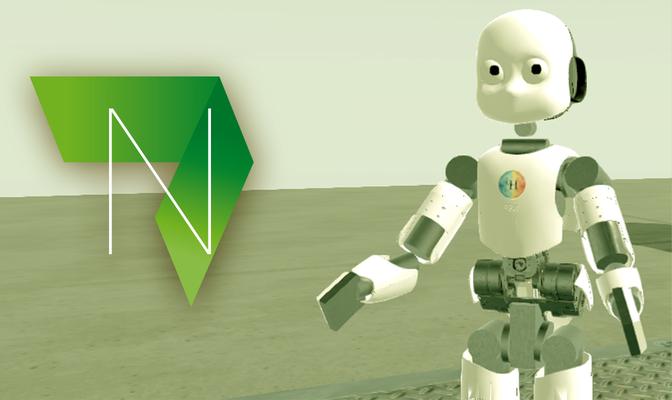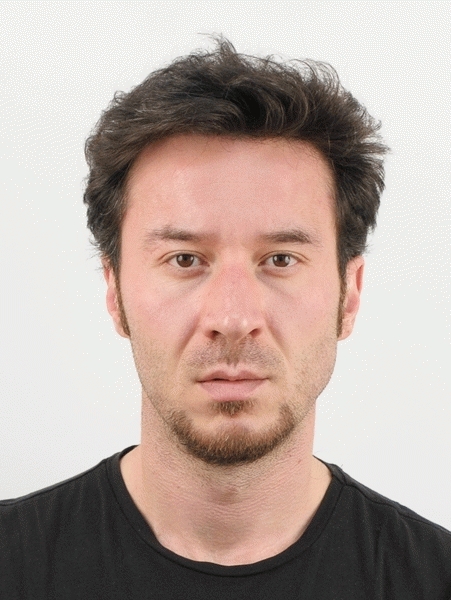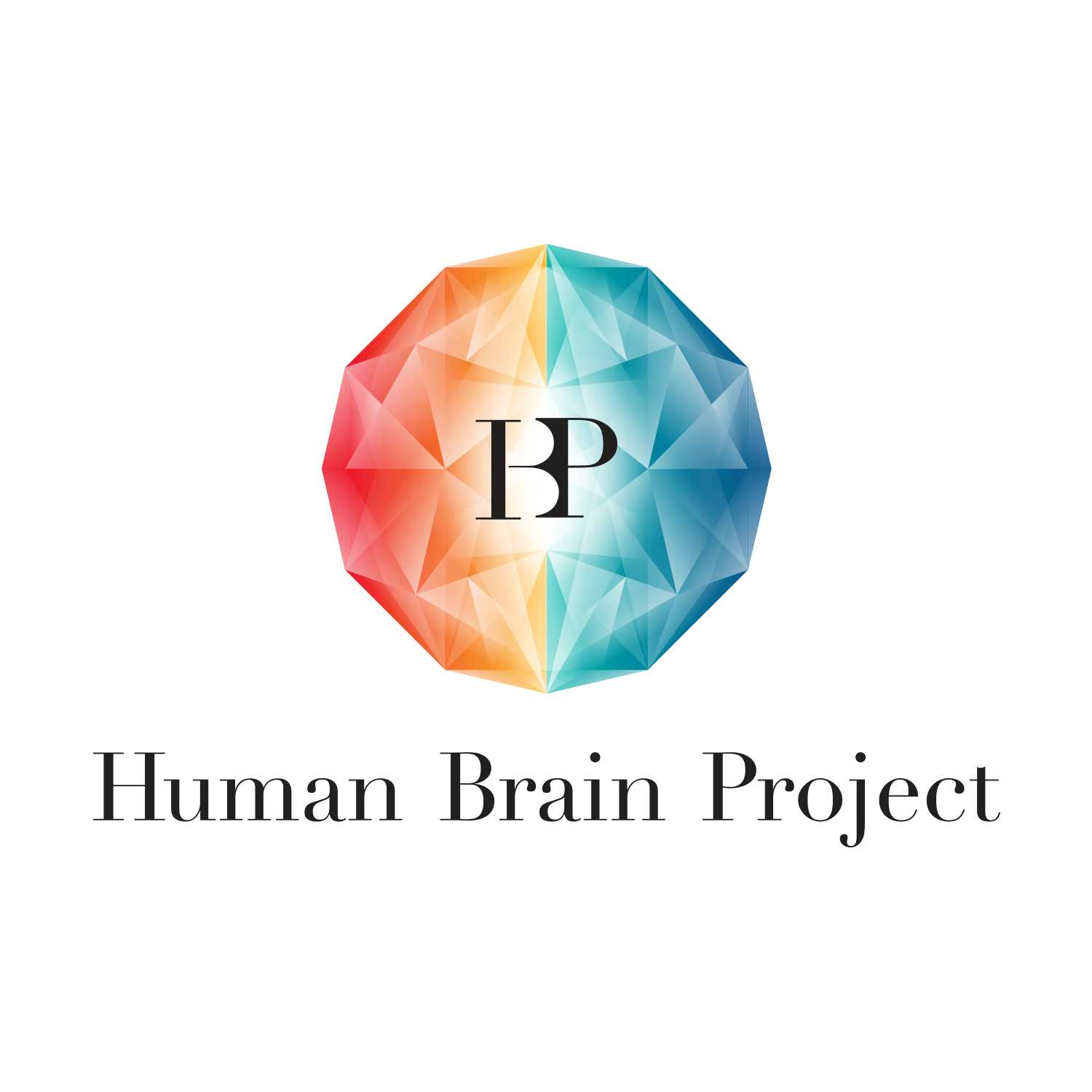
Marc-Oliver Gewaltig
Marc-Oliver Gewaltig is the Section Manager of Neurorobotics within the Simulation Neuroscience Division. His team investigates the simulation-aided reconstruction of sensory-motor loops in rodents, using data-driven whole brain models and musculo-skeletal body models. Of particular interest is closed-action perception loops in which an animal influences or actively controls its sensory input.
Marc-Oliver is the co-author of the Neural Simulation Tool NEST (www.nest-simulator.org), a popular tool for large-scale simulations of spiking neural networks.




